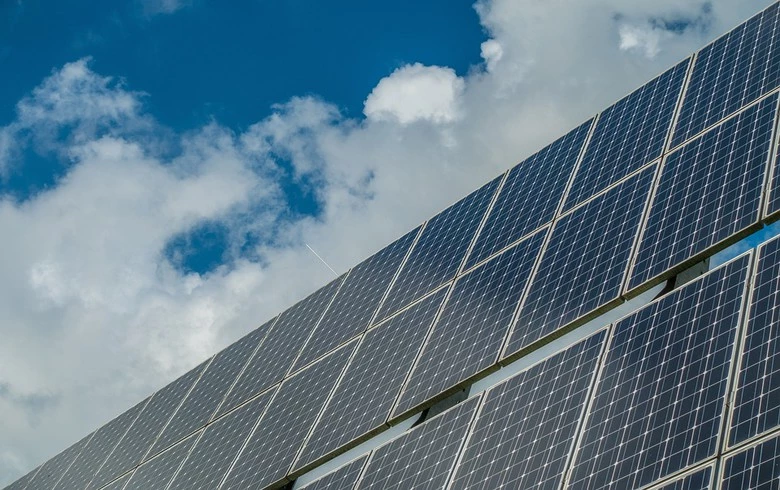The US solar industry faces potential setbacks with the introduction of new antidumping and countervailing duty (AD/CVD) tariffs, according to a recent analysis by Clean Energy Associates (CEA), commissioned by the American Council on Renewable Energy (ACORE).
The report warns that these tariffs could raise costs for solar cells and modules, potentially limiting supply and hindering installations across the country.
CEA’s analysis suggests that US-made solar modules could see price increases of up to US$0.10 per watt, while imported modules may face hikes of US$0.15 per watt if the proposed tariffs are implemented. This development is expected to significantly impact the economics of solar projects, affecting deployment and potentially delaying the achievement of national climate goals.
The investigation, initiated by the Department of Commerce and the International Trade Commission earlier this year, focuses on solar cell imports from Cambodia, Malaysia, Thailand, and Vietnam. The inquiry, spurred by a consortium of US solar manufacturers, aims to determine whether these silicon solar cells are contained within modules.
Christian Roselund, senior policy analyst at CEA, highlighted concerns about the unpredictability of AD/CVD duties, noting their retroactive application and potential financial implications for importers. He underscored that such uncertainties could lead to project cancellations and delays, ultimately increasing energy costs for consumers.
Despite recent advancements in US module manufacturing capabilities, particularly under incentives like the IRA tax credits, the report indicates that reliance on imported cells remains crucial for the industry’s viability.
The potential tariffs could further complicate the business case for expanding domestic cell production, potentially slowing down capacity growth by 2027.
The USITC is expected to make preliminary countervailing duty determinations by mid-July 2024, with preliminary antidumping duty determinations following in October 2024.
The outcome of these determinations will likely shape the future landscape of the US solar market, influencing investment decisions and supply chain dynamics in the renewable energy sector.

